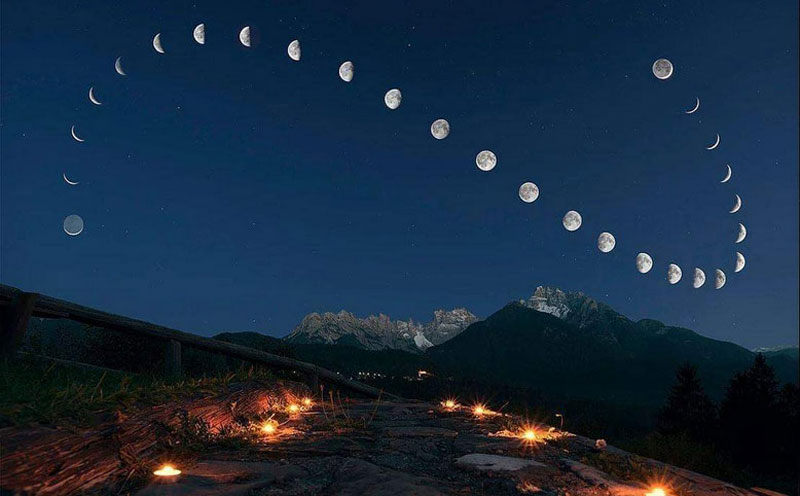What does the previously invisible moon of Neptune look like?

As Voyager probes traversed the solar system, they gathered a ton of discoveries. Among the recently discovered objects and phenomena was a large collection of small moons revolving around Jupiter, Saturn, Uranus and Neptune. Most of them were beyond the capabilities of ground-based equipment for their shooting, so we really needed to get closer to them somehow.
Improvements in optical technology and the launch of the Hubble Space Telescope into orbit have revealed several small bodies that were missed by the Voyagers, as well as small objects in other parts of the solar system, such as the Kuiper belt. Thanks to advances in computing, it has become possible to see the tiny new moon in Neptune and to discover another moon for the first time.
Finding the moon of Neptune
Given that Neptune has already been removed from the Voyager 2 spacecraft, there are still satellites that we have not yet discovered due to their small size. The easiest way to see them is to increase the exposure time, which increases the possibility of separating weak signals from space noise.
The problem is that previously discovered planetary satellites rotate close enough to the planets themselves. And at some point this movement creates a “circuit” that reliably holds the signal in noise.
A small team of researchers from SETI, NASA, and Berkeley have come up with a way to compensate for this circuit. If you know the orbit of the body, you can predict how much it will move from one image to another. Then you can set up several consecutive images to place objects in the same orbit in one place, allowing you to select any signals. The conversion can be complicated because the orbit can be tilted at an angle from the image forming apparatus. But it is releasable in our modern computing capabilities.
The problem is that if we do not know that the moon exists, then we obviously do not know its orbit. But the team behind this new study came up with features that work for any moon moving in a straight circular orbit around the equator of the planet.
The algorithm is as follows: you can use these functions to convert the image taken at time t0 to match the appearance of another image obtained at time t1 by moving each pixel in the original image to a new location. After this transformation, any moon in a round, equatorial orbit will appear with fixed pixel coordinates.
Researchers applied this method to Neptune, where Voyager 2 discovered many small moons using a set of images taken from the entire Hubble orbit.
Discovery of the Moon of Neptune
When the analysis was done, a small moon appeared, about 35 km wide, revolving around the outer edge of the cluster of other Neptune satellites. The same analysis found the lunar mollusk, which Voyager 2 noticed. But the orbit that puts it in the correct location is possible with a slight orbit adjustment predicted by Voyager. Unfortunately, this means that a couple of allegations that he discovered it using ground-based devices in recent years are almost certainly obvious.
With three observations made at ten-year intervals, the orbit of the moon of Neptune can be reasonably well calculated to determine where it would be during Voyager's flight.
Most images skipped this area of space. Thus, there was no real way to identify this moon until recently.

The artistic concept of Neptune's tiny moon, Hippocampus

, Neptune’s inner moons and their radii, as well as the captured Kuiper belt object,
Hippocampus’s orbit, is right inside the orbit of Proteus, Neptune’s largest inner moon. Tidal forces make Proteus slowly push away from Neptune, but the Hippocampus is so small that these forces will have minimal impact on it. And this implies that the two bodies were once much, much closer.
One of the problems associated with this idea is that proximity to Proteus was supposed to bring Hippocampus to an eccentric orbit. But the researchers suggest that this is not such a big problem as it seems. Based on the speed and size of the craters on Proteus, they calculated that collisions large enough to completely destroy the Hippocampus could have occurred at least nine times since its inception. The process of destruction and reorganization should allow the moon to occupy increasingly regular orbits.
This model, however, suggests that he, and possibly other small satellites near Neptune, experienced many destructions throughout his history, and were not simply created during the formation of Neptune. And there is still a lot of missing material, which suggests that there may be rare rings in the region that will be difficult to detect without another visit to the blue planet.
